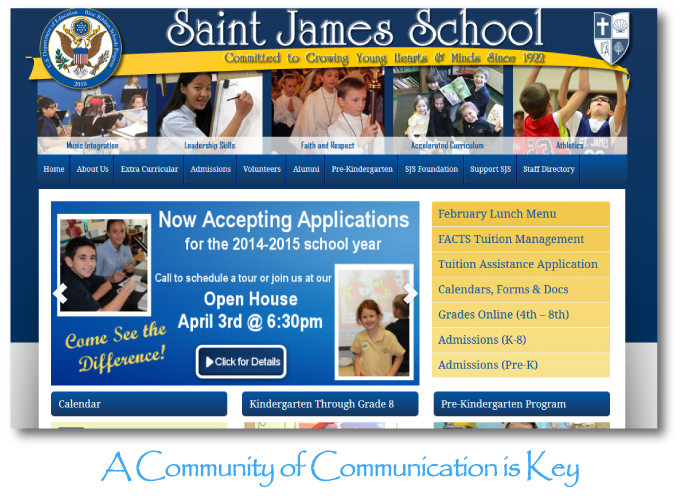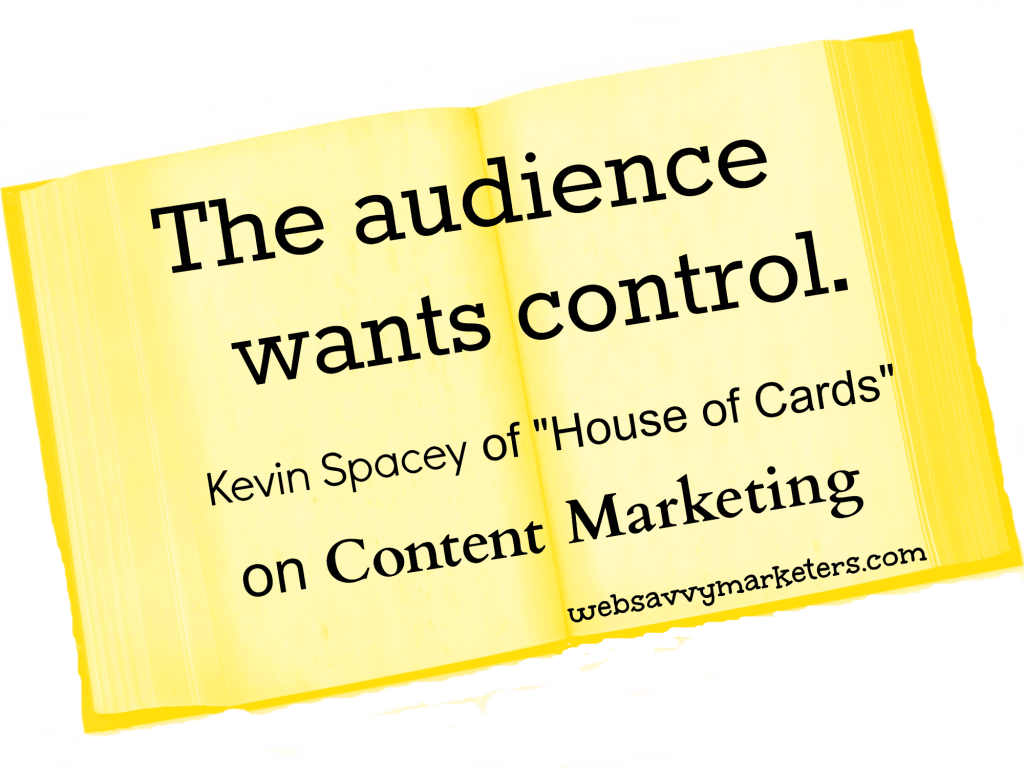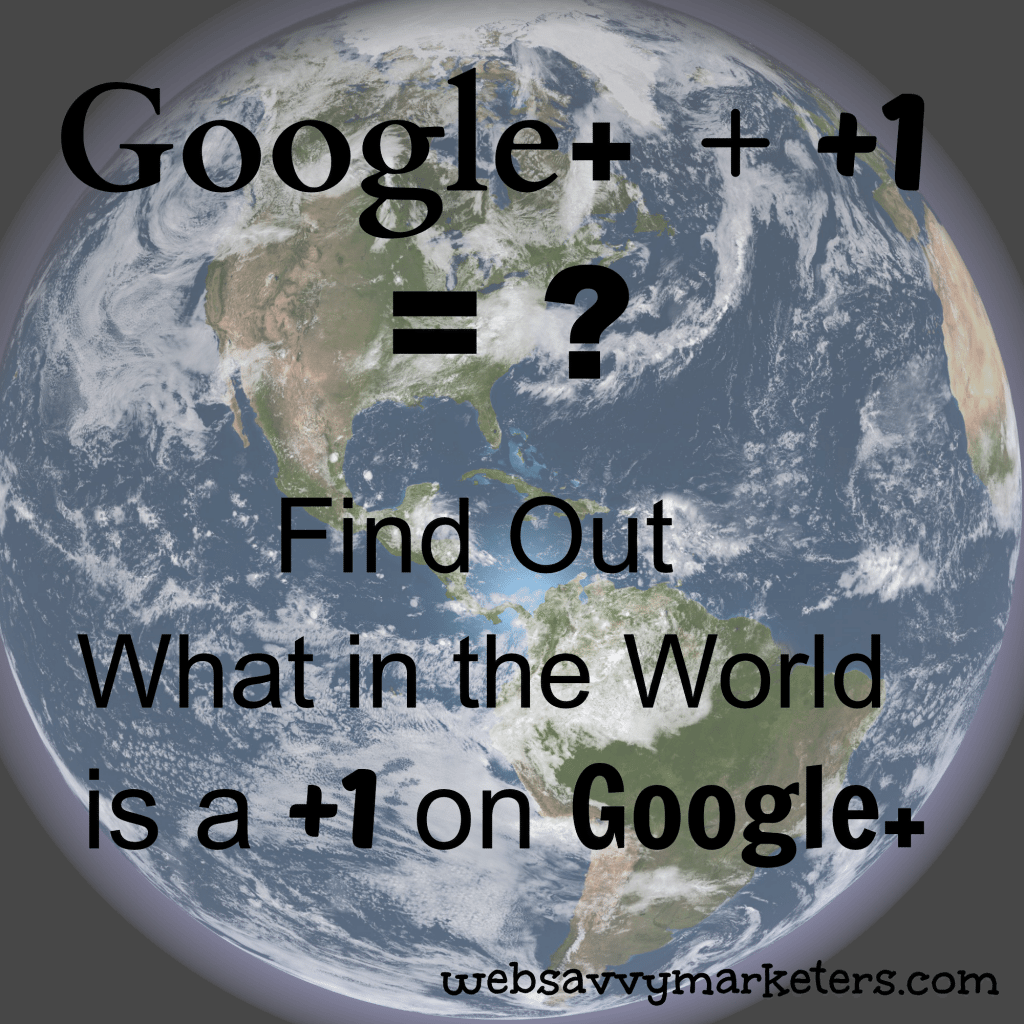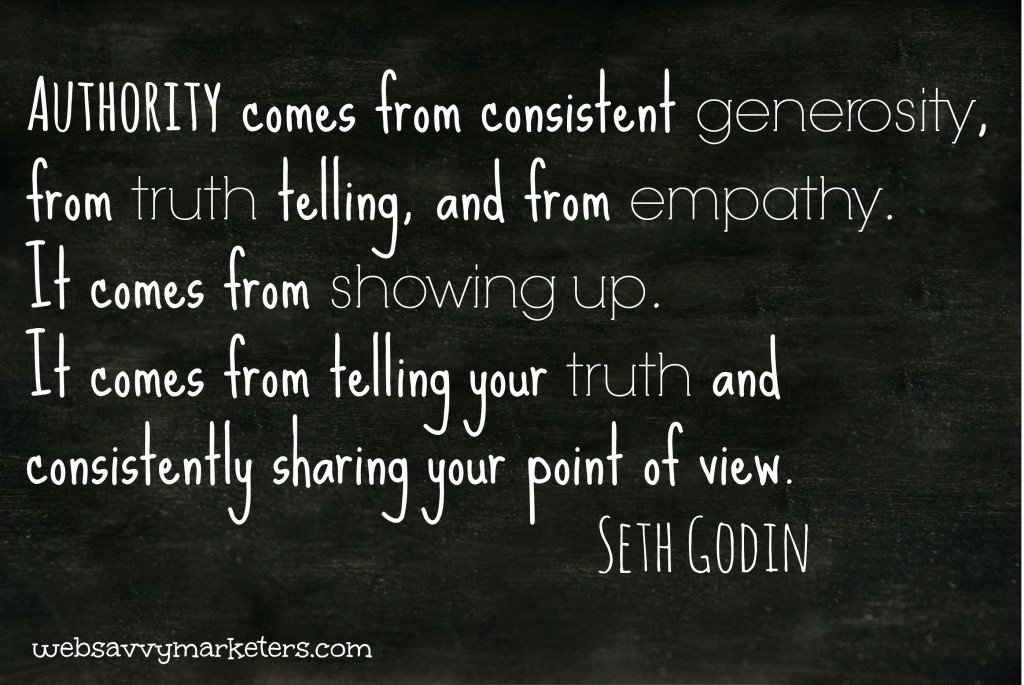
Keeping Everyone Updated and Informed. Today, more than ever, keeping everyone updated and informed is so important. Especially in a school community. Breaking it all down on your website saves time, allowing everyone to access what they need 24/7.

Keeping Everyone Updated and Informed. Today, more than ever, keeping everyone updated and informed is so important. Especially in a school community. Breaking it all down on your website saves time, allowing everyone to access what they need 24/7.
 The internet search engine is the new yellow pages. This is where your audience is looking for you and wants to connect.
The internet search engine is the new yellow pages. This is where your audience is looking for you and wants to connect.
You need to adopt a content marketing strategy that gives you front page results.
Content marketing is the key to getting your website found. It’s giving away valuable and free information that your audience is looking for.
It’s the new USP, or unique selling proposition. Whether you decide to focus on price, product, placement, or promotion – the “four P’s” of marketing – the way to sell it is with content marketing.
Look around you. Are there any truly unique businesses? Which clothing retailer, grocery store, office supplier, tax preparer, or plumber is a stand-out, one-of-a-kind business?
The way to distinguish yourself from the competition requires more than identifying your message or your unique market position. You must market your message in a way that gets you found. Content marketing is your leverage point.
You have to sell your brand by creating continuous content. This continuous content serves the needs of your audience by giving your audience what they want to know.
Why is this so important? Because “the audience wants control,” as Kevin Spacey said at the Edinburgh Television Festival.
)
What Netflix understood about “The House of Cards” is the principle of content marketing. Give your audience control and they will be more likely to find and choose you.
Your audience wants to choose what they read or watch, when they read it, where they read it, and how they read it.
Give people the power to make these decisions and “they’ll more likely pay for it rather than steal it.” By creating continuous content that is free and valuable to your audience, they are more likely to become your customer.
The big question is who. Who will they choose to buy from?
The who is determined by who they find when they search online. If your business has content that answers their questions, then your business will be in their search results.
There is a new publicity engine in town. Social media is the free mouthpiece for your content. A solid social media presence will help spread your message.
“The audience has spoken. They want stories.” Spacey’s description of film and how to classify it is a great analogy for content marketing.
“They’re rooting for us to give them the right thing. And they will talk about it, binge on it, carry it with them on the bus, and to the hairdresser, force it on their friends, Tweet, blog, Facebook, make fan pages, silly GIFs, and God knows what else about it, ” Spacey said.
“All we have to do is give it to them.”
Get your website found and give your audience control with content marketing. If you need help, Web Savvy superheroes are here to the rescue.
 There’s a price to pay for security. When you don’t pay, it costs even more.
There’s a price to pay for security. When you don’t pay, it costs even more.
Two-step security requires the investment of time. Otherwise it’s free. By giving your online accounts an extra layer of security with two-step verification, you’re keeping the hackers out.
Here’s How It Works
With two-step verification, you need to input two things, your password and a one-time use code. Once you enable a particular personal device as safe, then you won’t need to do it again. You will use the two steps only on devices that are public or shared.
In order for people to access your account, they would have to know both your password and the special code. You get your special code by text on your phone after entering in your password. Once both password and code are entered, you get into your account.
Here’s Why It’s a Good Idea
By having something you know (password) and something you have (cell phone), your online accounts are not as hackable. Passwords are often not secure enough on their own, particularly if you use the same password for multiple accounts.
As if anyone would ever do that. As if we ever have to use the “forgot password” link, like, every other week.
Popular accounts that offer two-step verification include Google (Gmail, Drive, etc.), Twitter, Facebook, LinkedIn, WordPress, Dropbox, and Microsoft. Let me know if you use it for something not listed here.
Gmail, Google Drive, etc.
By far the most critical account to secure with two-step authentication is your email account. Why? As Jeff Attwood explains, your email account is “the skeleton key to your online identity.”
At some point, your email probably contained sensitive data that included credit card numbers, bank account information, medical documentation, and who knows what other personal stuff.
Google’s security system sends you a code in a text message whenever you log in from a new machine. Check out Google’s two-step verification and get started. The only issue I had was with my Apple laptop. For some reason, my Gmail worked only through the site and not through my Apple mail account.
I easily configured my iPhone by generating an application specific password. Once you have it, you enter it into your phone when you’re prompted upon opening each app.
Twitter walks you through its two-step verification here. By clicking on the gear icon, then settings, then security and privacy, you are able to enable log in verification requests to your cell phone. You’ll need to re-confirm your email address to begin this process.
Securing my Twitter account seemed like a good idea. After reading about Mat Honan’s attack, which focused around his Apple products and Twitter account, I didn’t hesitate to jump on board.
By going to Facebook’s security settings page, you can require a security code to access your account from unknown browsers. Facebook will text you a code that you enter in addition to your password.
Facebook’s blog gives you the rundown on its log in security feature here.
By hovering over your profile picture in the top right corner, you will see a drop down menu with privacy and settings. Click on this, and then click on the shield symbol with “account” next to it near the bottom left of the screen. Then click manage security settings and you will be taken to the page for two-step verification sign in.
WordPress
By installing the Google Authenticator WordPress app on your smartphone, you enable a two-step authentication for Android, iPhone, and BlackBerry. Find the app and read more about this safety feature here.
Dropbox
Dropbox’s two-step authentication will send you a text message code when you attempt to log in from a new machine. Go to Dropbox security here, or check out Dropbox’s documentation for more info. If you want another layer of extra security, try TrueCrypt. Learn how to encrypt the contents of your Dropbox with this free open-source encryption software.
*Dropbox Update: TrueCrypt has been discontinued. Please see these free alternatives for disk encryption.
Microsoft
When you attempt to log in from a new machine, Microsoft’s two-factor authentication sends a code via email or text message. It also works with a number of authenticator apps. Find Microsoft’s account here.
The time it requires to input the codes is far less than the time – and potentially costly information – you could lose by having your account hacked.
Two-step photo is a derivative of “second step” by Zaprittsky used under CC BY.
 The four steps to the best landing pages come with a history of attempted murder. Over a hundred years ago, E. St. Elmo Lewis, the creator of the original four steps, was twice targeted by an unknown suspect. First with arsenic, then with fire.
The four steps to the best landing pages come with a history of attempted murder. Over a hundred years ago, E. St. Elmo Lewis, the creator of the original four steps, was twice targeted by an unknown suspect. First with arsenic, then with fire.
Being a successful businessman has its risks, after all.
Lewis devised the marketing acronym AIDA: Attention, Interest, Desire and Action; the four steps in the process of selling. For landing pages, specific elements are applied to these four steps to achieve one objective.
A landing page can cause only one of five actions: to get your visitor to buy, register or sign up (which includes giving permission to follow up), click to visit a targeted page, learn something, or tell a friend.
Determine which of these five desired actions you want and stay focused on that one alone. Like a dog with its bone, don’t distract your readers with anything else.
You have three seconds. Your visitors will choose to stay or go in this length of time, according to The Three Second Rule.
Convert your visitors toward your goal by attracting their attention with large font and captivating visuals. Make your landing page fertile ground by using web design that keeps the important elements above the fold, or in the visible screen without scrolling.
The three seconds begins with an attention-grabbing headline. Create a headline that matches the one from the place that drove your visitors to your landing page. This way your visitors will know they’re in the right place.
Instead of talking about the features of your product or service, talk about how it will benefit your visitors. Maintain their interest by using “you” and “your” instead of “we.” This helps them to identify with what you’re offering.
Your design will communicate this with simple and clear elements, just like your copy. Try a one-column format that includes plenty of white space in the copy with small paragraphs and wide side margins.
There should be no more than five lines – not sentences – per paragraph. The first paragraph should be one to two lines. By varying the size of paragraphs, you make your copy easier to read.
Remember the dog and its bone. Keep the focus on one thing.
How do you make your visitors want to buy, register, click, learn, or share? Answer this question: What do you want them to do?
When they land on your landing page, it should be clear what they’re being asked to do. Everything on the page is there to support the one goal you chose. Remove all distracting elements and visual clutter, including navigation bar, widgets, and extra links.
Don’t lose their interest by veering away from your chosen goal. Write copy that is absolutely clear, beginning with an eye-catching headline followed by the benefits.
Tell them why. When you include “because” you’re giving them a reason to choose your offer. Keep them on track. Everything on the page is steering the visitor to the next and last step.
This is a direct call to people to do what you called them there to do. There should be a minimum of two call to actions, unless the copy is long, then more is required.
Include a graphic button or hot-linked text that stands out. If your copy goes below the fold, then don’t neglect to include one there as well. Use direct writing on the buttons to encourage action. “Buy now,” “sign up free,” “get the ebook,” or “get started” make their expectations obvious.
Your landing page is a goal-oriented tool meant to accomplish one thing only. Stay single-minded. Don’t confuse it with your home page. Make it uncommonly good.
(There is one inconsistency with this post. I used a dog analogy instead of a cat. I hope it doesn’t throw anyone off too much.)
 The Google plus +1 is not a Facebook like. It’s not a Twitter favorite. It’s nothing like the love heart on Instagram, Pinterest, or Vimeo. And no, it’s not like a thumbs up on YouTube.
The Google plus +1 is not a Facebook like. It’s not a Twitter favorite. It’s nothing like the love heart on Instagram, Pinterest, or Vimeo. And no, it’s not like a thumbs up on YouTube.
What is a +1 then?
The Google plus +1 is so much more than your stamp of approval. It’s inherent ambiguousness – it’s not a word or a familiar symbol – opens the doorway to a wider meaning.
Are there times on Facebook when you want to click like, but it feels inappropriate because the post is about something sad or troubling? If you’re looking for another way to express your appreciation for a post, the +1 is how you do it.
Do you want to make a public recommendation because the content is superb, even if you don’t agree with the point of view? The +1 is your vehicle. How about when you merely want to acknowledge you’ve read something directed to you? +1 can signify you’ve done this.
As a simple response that your comment has been seen, the +1 reminds me of Facebook likes. However, +1’s always originate from a human, unlike Facebook likes, which can be bought and can come from spam.
The +1 gets even better.
The wider interpretation of +1’s as compared to other content appreciation signals is far from its best feature. Perhaps the best thing about +1’s is they give you a wider audience.
There are three ways this can happen.
1. As a recommended search result.
Your name might show up in the Google search results of people who have you in their Google+ network for content that you’ve +1’d. This demonstrates how powerful growing your Google+ network can be.
3. As a recommended post.
When your post is +1’d by someone, it can appear in your Extended Circles streams. This means the people who’ve circled you, as well as the people who’ve circled them, could end up seeing your post. The Google+ post header would read: “(Your name) +1’d this.”
3. In an advertisement.
Your Google+ profile picture and name could show up in ads. When you +1 a brand or brand’s content, Google could use this in their advertisements on other web sites.
You can choose to opt out of this by going to Settings at the bottom of the drop-down menu on the left side in your Google+ account. Once there, find Shared Endorsements and uncheck the box that reads “Based upon my activity, Google may show my name and profile photo in shared endorsements that appear in ads.” Be sure to click save.
Want to know one more cool thing about the Google +1?
The more +1’s and comments you get, the greater chance you will rank higher in search results. That is to say, there’s not a cause and effect relationship, but there’s a direct correlation. This comes as no surprise when you consider that most content with a lot of +1’s, comments, and reshares are probably quality content.
Searchmetrics tells us,
“Web pages that rank higher in Google searches tend to have more Google+ plus ones and Facebook shares. While having a relevant keyword in the web site domain name or web address now seems less closely linked with high rankings according to new research. And while pages with higher quality content rank better, top brand web pages apparently continue to automatically rank in top positions without obeying the same rules as other sites.”
This is the impact of social media as a content marketing strategy. And it’s not going away. Google+ is a smart place to begin your social media efforts if you want to extend the reach of your brand and your content.
Google defines the +1 as a feature that helps people discover and share relative content from people you know and trust. Using the +1 to engage with your Google+ circles gives far greater results than any other content appreciation features in social media.
Learn from the pros. Writers of novels, copywriters, writers now dead, and those writers who create lists of rules can teach us how to become a better writer.
This list of tips from the pros, gathered for your quick consumption, is internet-primed, just the way you like it: fast, free, and fun.
Keep it clear and concise.
Demian Farnworth tells us on Copybot “The Only Rule You Need to Worry About” is clear copy. That’s it. The rest will follow, he assures us.
One sentence will lead to the next when you write it so your readers are clear on its meaning. Just get that first sentence down.
But don’t get all wordy in the process. In A Writer’s Companion, Richard Marius addresses some of the common problems with wordiness and redundancies. Problems include free gift (a gift is free), final outcome (eliminate final), full and complete (use only one), future plans (all plans involve the future), in a position to (replace with “can”), due to the fact that (replace with “because”), and in the event of (use “if”).
The opening line.
It all begins with the first line. Snag your readers here – followed by a killer headline – or you’ll lose ‘em before the second sentence.
So craft a terrific second sentence too. And write a clincher of a third sentence to keep them reading. And so on.
Books are quoted for their best opening sentences. Check out the ones on your bookshelves to see how they stand as openers. Try these on for size. They’re short, raise questions, and set the tone for what’s to come.
The short of it.
I had an English professor who used John Grisham’s page turners to demonstrate the use of short sentences, short paragraphs, and short chapters. The result is it’s hard to put his books down. When you realize there’s only a couple more paragraphs until you finish the chapter, and only a few chapters left until you’re halfway finished with the book, you keep reading.
With web writing it’s even more important to hold your reader’s short attention span as they barrel through internet at high speed. Keep things short. Three words work. I mean it. Two even. No kidding.
But don’t forget to throw in a longer sentence now and again to mix things up and create a flow.
Adverbs are like dandelions.
Stephen King warns us in On Writing about the proliferative quality of adverbs, and to avoid them like you would the weeds that they are.
If you have one on your lawn, it looks pretty and unique. If you fail to root it out, however, you find five the next day . . . fifty the day after that . . . and then, my brothers and sisters, your lawn is totally, completely, and profligately covered with dandelions. By then you see them for the weeds they really are, but by then it’s — GASP!! — too late.
Watch out for adverbs in dialogue tags.
“What do you think?” she asked innocently.
“Here we go again,” she responded tiredly.
“Tell me what happened!” she said excitedly.
Grammar goofs aren’t funny.
Copyblogger lists 15 of the most common grammar goofs and how to fix them. Too many goofs and you will look the fool.
The choice between fewer and less is a tricky one. If it’s something you can count, then use fewer. If you can’t count it, then use less. Grocery stores get this wrong all the time.
Another often misused word is who and whom. Use whom if there are two subjects.
Break the rules.
First you must know the rules in order to break them. In The Elements of Style, by William Strunk Jr. and E. B. White, we are shown an impressive list of rules.
But rules are like safety protocols on a Starship holodeck. They’re a good idea to use because without them, even holobullets can kill. But sometimes it’s okay to turn them off and play dangerously.
“It was a dark and stormy night” is Madeleine L’Engle’s first line in A Wrinkle in Time. She broke the no-cliche rule to great effect. When you break a rule, do it with purpose.
“Really, really shitty first drafts.”
Anne Lamott in Bird by Bird helps us to let go of our writing fears. Forget about the discouraging voices in your head. Write whatever comes through, as if it’s a child’s first draft.
Anne tells us that if you hear, “Well, so what Mr. Poopy Pants?,” you write it. No one has to see it.
And if you’re hearing “radio station KFKD, or K-F**ked” playing in your brain, don’t give up. It’s all very normal. Those inner demons can’t stop you from getting that first draft done.
Oh, and don’t forget to edit. Mr. Poopy Pants won’t be offended if you cross him off the cast of characters.
 The Downstairs, the Upstairs, and the Ugly Back Room
The Downstairs, the Upstairs, and the Ugly Back RoomStories are like houses. Or at least like Downton Abbey’s mansion. The front parlor, or perhaps the Abbey’s “saloon,” is how we wish to be viewed: in all our pristine splendor. The back study or drawing room is where our true manner of living unfolds: all the dirt and hard work.
To tell a good story, then, is to tell it from the back study, to unveil the true nature of things. By being authentic and revealing an uncensored version of your brand, your customers will more likely identify and connect with you.
So how do you pull it off without boring people to death or sounding utterly unprofessional? Downton Abbey’s storytelling, with its upstairs nobility and downstairs servants, can tip us off in several ways.
Downton Abbey’s storyline involves the everyday lives of people and how they choose to deal with life’s ups and downs, including the transitions of a dying class system. The aristocracy is in jeopardy, and those who work for them struggle to survive.
Your story is also filled with everyday struggles, triumphs, and losses. What is the historical context of your story? How do current events relate to your story? Regardless of where you are on the ladder of success, you’ve got a tale to tell that involves details that only you can dare to tell.
With so many inhabitants crowding the castle walls, it’s no wonder its pathos levels are off the charts. Combine the suffering with the various Hallmark moments, class clashes, and social status jockeying, and an endless saga of mini narratives is inevitable.
Every person has their story to tell, so ask those who are working for and with you to share theirs. People love being asked to share. Uncover their tragic, their epic, and their comical stories. Think about how these stories can reveal something worthwhile about your brand.
Storytelling is as much about listening as it is about telling. By sitting down and talking to people, you will unearth all the interesting tidbits that are hiding behind the front room.
What would life at Downton be without its villains? The ongoing intrigues of its calculating characters make for interesting stories with often hand-wringing dramatic tension.
This is essential to a good story. Everyone likes to root for the underdog, so introducing some conflict and resolution into your story will make for meaningful communication. Turn that obstacle into something your customers and fans can relate to.
Each Downton Abbey episode has its hero who is the darling of the show (at least for the time being). The only character that consistently manages to vanquish her foes is the Dowager Countess of Grantham, whose one liners tend to shock viewers into comic approval.
Who is the episode darling in your story? Think of your customers for starters. There’s also the employee who saved the account, the supplier who jumped through hurdles, or the resident cat hero.
You didn’t think I’d leave out cats, did you? Just because Downton hasn’t seen fit to adopt one of its own. It’s sheer madness, I tell you.
Every story should have a moral. Each Downton Abbey episode has a take-home lesson that edifies and informs us through its relatable heroes and their daily mishaps and misfortunes. We might not always agree, but we find ourselves embracing their foibles and failures and rooting for their success.
Whatever your lesson is, make it clear and direct, particularly if it’s something you want your customers to act on. Don’t leave them guessing what they hope to gain from the story. The Internet is too large and distracting to leave your take-home to chance.
With Downton Abbey to inspire you, telling your story just got easier.
 Seth Godin recently wrote a guest post on Copyblogger about striving for authority. The comments were nearly as entertaining and informative as the post.
Seth Godin recently wrote a guest post on Copyblogger about striving for authority. The comments were nearly as entertaining and informative as the post.
You would think no one would dare to question Godin, whose authority and credibility have been time-tested and proven. But since it’s the nature of humans to squabble and whine, even Godin, whose high moral ground is the beacon of light for marketers worldwide, will suffer from censure.
As one commenter complained, isn’t it obvious by now that in order to gain authority you must work for it? Why must we be reminded of this again and again?
Because we need it. Duh.
My mom used to tell me, “Don’t do as I do, do as I say.” Coming from a parent who has earned her authority, she wasn’t so worried about her credibility. Of course, that changed as I grew older and began to question that authority.
To be an authority online, what you do and what you say need to match up. Delivering your promises is more important now than ever with all the social media platforms that allow for public venting and finger-pointing.
When our house was broken into, the policeman who handled the case was unquestionably an authority. Like Godin pointed out, licensed authorities are obvious. What’s not so obvious is the potential to earn authority through acts of credibility.
This policeman earned his credibility when he showed that he was doing the hard work of searching for the perpetrator and supporting us. He also earned our trust. He might have been a figure of authority when he walked in, but he was a true model of law enforcement’s compassion and integrity when he left.
It didn’t matter that he never caught the burglar. What mattered is that we knew he cared due to his investment of time and effort with us as a family.
In describing his contes moreaux, or “moral tales” film series, director Eric Rohmer said, “What matters most is what they think about their behavior, rather than their behavior itself.”
What matters most is not what you do, but what you think, because that’s what’s going to become clear over time. Your behavior will come back to bite you if it’s not authentic. As Sonia Simone, Copyblogger co-founder, wrote in the comments, “Authority without credibility is called fraud.”
Derek Halpern makes a case for gaining instant credibility on his website, Social Triggers. Sounds gimmicky, I know. However, he gives three valid points that expand on what are well-known tactics: “Be honest” – by arguing against your own self-interests, “know your ish” – give accurate and precise information, and “don’t scam” – back your claims with evidence.
Halpern’s blunt personality and no-holds-barred approach make for an authentic online presence. If anything he does comes back to bite him, it’s surely not due to a lack of truth telling. (His How to Deal With Haters is my favorite. I know you’ll love it too.)
To be an authority, emulate the prototype. As Godin tells us, “Authority comes from consistent generosity, from truth telling, and from empathy. It comes from showing up. It comes from telling your truth and consistently sharing your point of view.”
Copyblogger’s founder Brian Clark summed up our inherent need for a beacon of light in Godin in a reply to a commenter, “It’s good to air these things out like the big dysfunctional family we are.”
Well said.
222 Pitkin Street, Suite 125
East Hartford, CT 06108
Phone: 860-432-8756
Follow us, subscribe to us, email us, or call us at 860-432-8756. We’ll use our Super Savvy Tool Belt to stay in touch however you prefer.